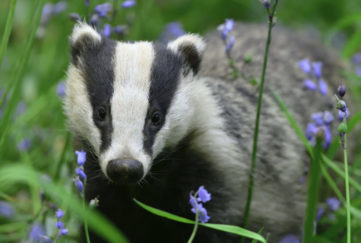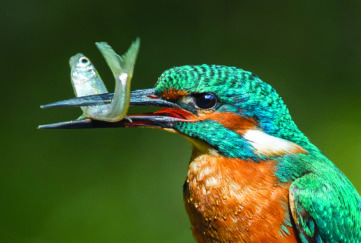Delightful Dochart – Jim Crumley
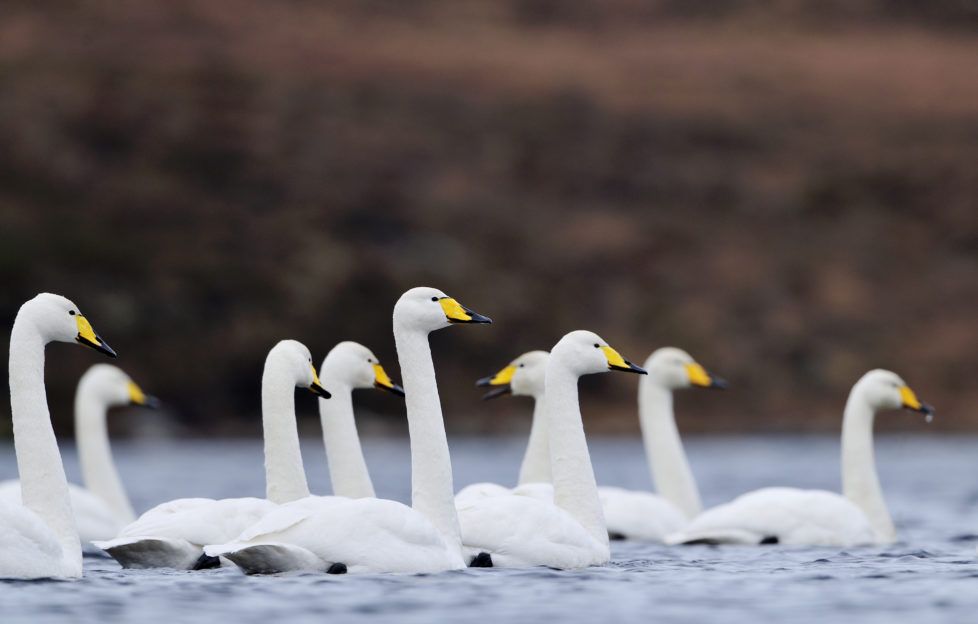
 The wide wetlands of this glen provide the perfect shelter for hordes of wildfowl of many different species…
The wide wetlands of this glen provide the perfect shelter for hordes of wildfowl of many different species…
The old railway line through Glen Dochart – what’s left of it – is a long, thin thicket of self-sown birches, alders, rowans, brambles, willows. Its fragments run parallel to placid stretches of riverbank hand-printed by otters going west (the river, deep and dark and going the other way). There is a necklace of small lochs, and there is Ben More, massive over your left shoulder so that you keep turning round, looking up, vast and unchancy mountain that it is from the north side.
West of Loch Dochart there is a wide wetland mile where the river is hesitant and sluggish and given to flooding at the least encouragement, and what with the winter and the backward spring that followed, it had a whole year’s worth of encouragement in the first four months of 2018, and repeatedly pronounced itself no longer satisfied with the channel it had cut for itself through the peaty ooze of mud and reeds and tall grass.
Such is the landscape between Auchinchisallen, one-time domicile of one Rob Roy MacGregor, and Crianlarich.
In the eyes of this nature writer at least, it has always struck me as an unsatisfying conclusion to the ample girth of the natural highway that is Glen Dochart. I have long thought that it would be more fitting if Glen Dochart had burst into sunlight out of a great watershed like Glencoe or Brander. Instead, it creeps out of a bog on the edge of Crianlarich.
How wondrous with oaks this glen must have been once
Happily though, the bog creeps into Loch Dochart, and Loch Dochart and I have been soulmates for many a year, although this midsummer guise is not the season of the year in which I have stored most of my memories of the place. Rather, these belong to its autumn oaks and glittering glimpses of aspen, the fire shades; or the greys and whites and hard metallic blues of winter, the daffodil shades of winter-into-spring. Right now it looks as if it has borrowed someone else’s frock, and it doesn’t quite fit.
The shapes are too rounded, the textures too lush and soft, the shores too fertile, the trees too leafy. I’m too warm, too comfortable, suspiciously so. Is nature playing games with me? The ruinous castle on its mid-loch island should be gaunt and vaguely ominous, with a cormorant perched on top like a cross between a gargoyle and a weather vane. Instead, it looks pretty.
The island itself is so thickly wooded that you might think an otter would have trouble squirming between tree trunks or buffeting its way through the cloying density of the understorey. But nothing squirms through improbably tricky gaps quite like an otter, a discomforting truth for the wildfowl hordes that thicken the darkest parts of the loch, and these lie under the crags on the north shore.
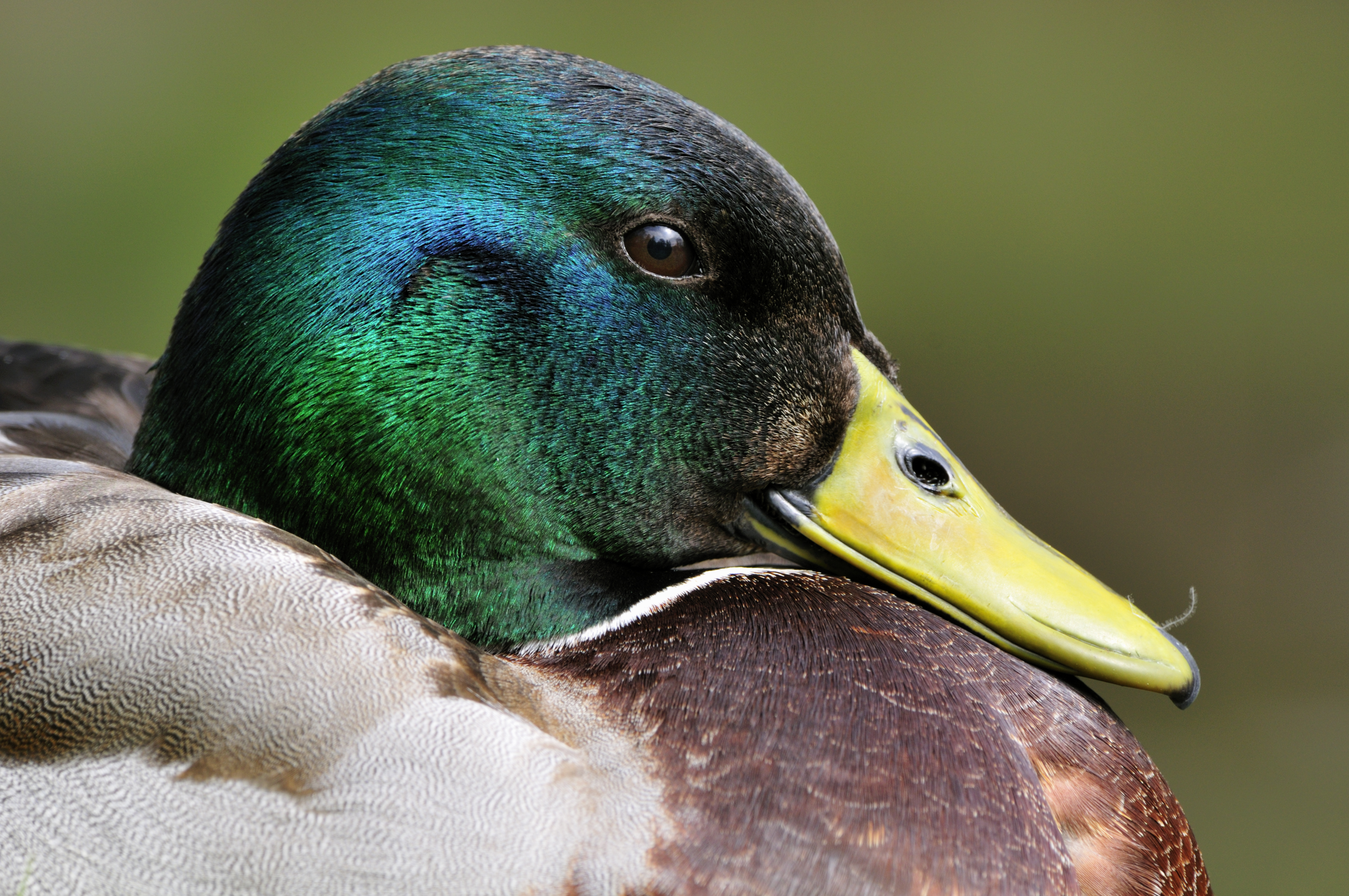
Mallard Duck (Anas platyrhynchos) close up of male, drake at rest on the bank of a canal, Cromford, Derbyshire, England, April 2009
Ducks like these – teal, wigeon, tufted, mallard (by the hundred), goosanders, mergansers, and their kindred spirits – grebes, moorhens, coots – reproduce on the safety-in-numbers basis, and by now the loch is chaotic with infancy. For the otters, and for that matter the pike and the peregrine, all that reverberating, rippling life is just so many sitting ducks. A brood of ten that takes to the water for the first time on Monday can be extinct by Friday, the bewildered mother duck the last to go. So summer ducks play the percentage game. Survival is more a matter of luck than judgment. The survival of the species is all.
My attention wanders off for a moment to the lovely but sparse oakwood on the north shore of Glen Dochart. How wondrous with oaks this glen must have been once, and well-lived in by both people and nature, the drover herds passing through, heading for the distant waters of the Earn beyond the far end of the glen, beyond the hill pass of Glen Ogle, then west from Lochearnhead to the tryst at Crieff, wolves for company from time to time. As it is, the oaks are a shadow of what was, and from stem to stern the glen is one of the emptiest of human habitation anywhere in the central Highlands.
The idea of rewilding is in the air everywhere
What would it take to restore something of all of that? Well, the idea of rewilding is in the air everywhere, and here and there across the face of the land, the idea has become a physical process. Sea eagles crossing the country pause here from time to time, and the first west-making beavers from Tayside have found their way here too. But with a little effort on our part this whole glen, an east-west artery of the Highlands that also connects with a north-south one, could become a showcase for the idea, much admired by its many travellers. A little imagination, a lot of political will, and this empty land could thrum again with nature’s songs and the human industry it would require to prepare the ground.
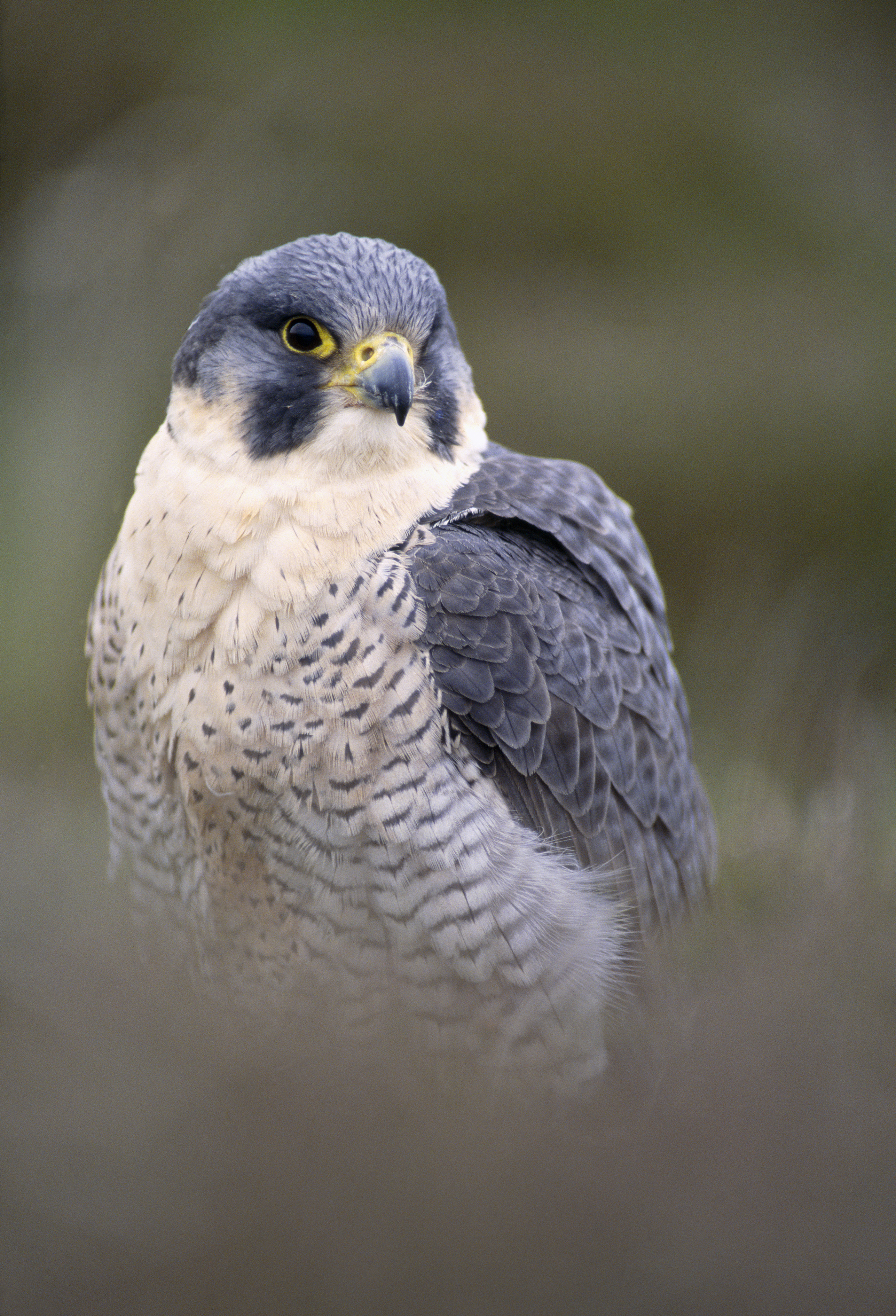
Peregrine Falcon (Falco peregrinus) portrait of captive falconers bird perched in heather in the Lammermuir Hills, Berwickshire, Scotland, April 1998
For now, though, only the loch is visibly industrious with the business of community. Where I stood on one more fragment of that long-gone Callander-Oban railway, my presence was masked from the wildfowl hordes and their predators by the benevolence of alder and birch that also screened the loch from the road, and the evening sun yellowed the west. The effect of the light on the loch was a strange and placid beauty, the constant movement of so many birds fragmented the surface into abstract swirls and clusters of sparks of the same skylight yellow, and these bounced among the rocks and roots and overhanging branches of the island. I was vaguely aware of an unease, because mostly this is not a loch I associate with warmth and comfort.
It was strange to me because there were no knife-edged wind with a Nordic cast to its speech and thudding through Glen Dochart from the east; there were no dark shadows under the cliffs; there was no unrolling carpet of ice cracking and splintering across the water, no herds of red deer mooching down from the snowline. Strangest of all, there were no whooper swans. They turn up here in October and stay in fluctuating numbers until well into April, and I think of them as the very soul of wildness.
To keep the company of landscape
The very soul of wildness… I look at the phrase on the page and I cross-examine myself: “What on earth does that mean?” So having thought about it for a while, what I mean by it is this:
Among my preferred landscapes, between, say, Shetland and the Highland Edge, and between the Angus coast and the Hebrides, there are dear places, landscapes within landscapes, places I visit again and again for no other reason than that I am at peace there.
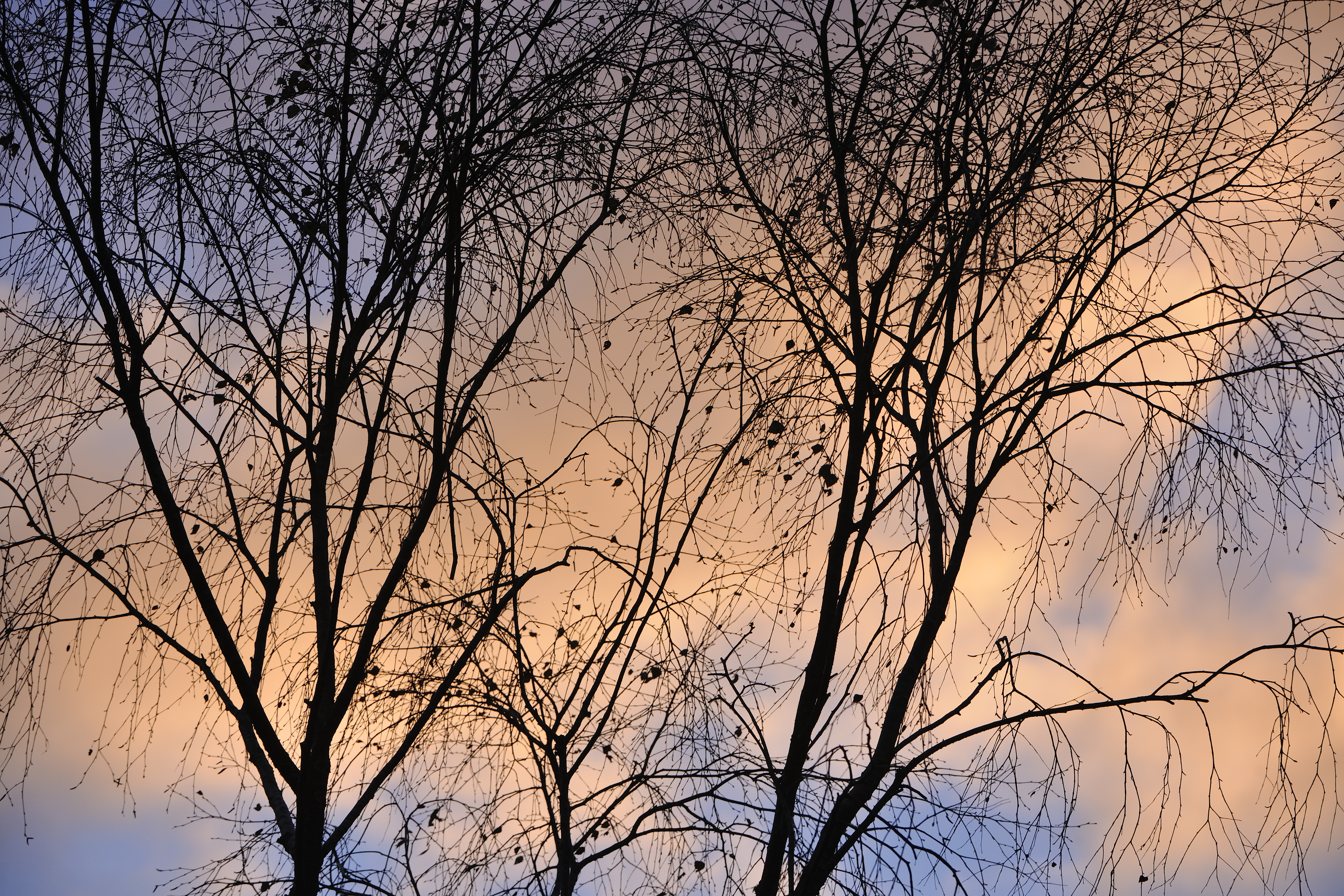
Silver Birch (Betula pendula) branches at sunset, Glen Finglas, Woodland Trust Reserve, Loch Lomond and the Trossachs National Park, Stirlingshire, Scotland, November 2016
To keep the company of landscape for its own sake, to occupy the best seats in theatres of nature, to be moved beyond joy or tears by nature’s performances starring rock and bog, water and light, landform and creatures, and to know that each new venture into any one of those landscapes will provide reliably what I seek, always constant and never the same…these are the motives for my journeys. Then, over the decades, and quite subconsciously at first, I would discover that almost every one of those dear places was a whooper swan haunt.
For no reason that is obvious to me yet (although it is not for the want of trying to unearth it), I adopted the whooper swan as a kind of talisman. I fancied it as something beyond nature, something that inhabits nature’s world but is of a different plane. The idea stands up to no biological scrutiny whatsoever, but given the place of whooper swans in Norse and Celtic mythology, I am hardly the first person to succumb to it – hence, the soul of wildness. And I have found it here at Loch Dochart. And here and there among those dear places, whooper swans have occasionally attempted to nest with varying degrees of success and failure, instead of migrating back to Iceland, and I have always thought – and still do – that one year they might try Loch Dochart.
Sometimes it takes seconds…
So those were among the thoughts that crowded my mind at the end of a summer day watching fleets and squadrons of wildfowl flirt with the yellow and swanless evening. I stepped to the edge of the screen of trees just above the loch shore, leaned on the trunk of an accommodating birch. Stillness in such a place never goes unrewarded; sometimes it takes hours, sometimes nothing at all happens and you leave with nothing to show for it other than a deeper appreciation of and gratitude for the landscape’s company.
And sometimes it takes seconds.
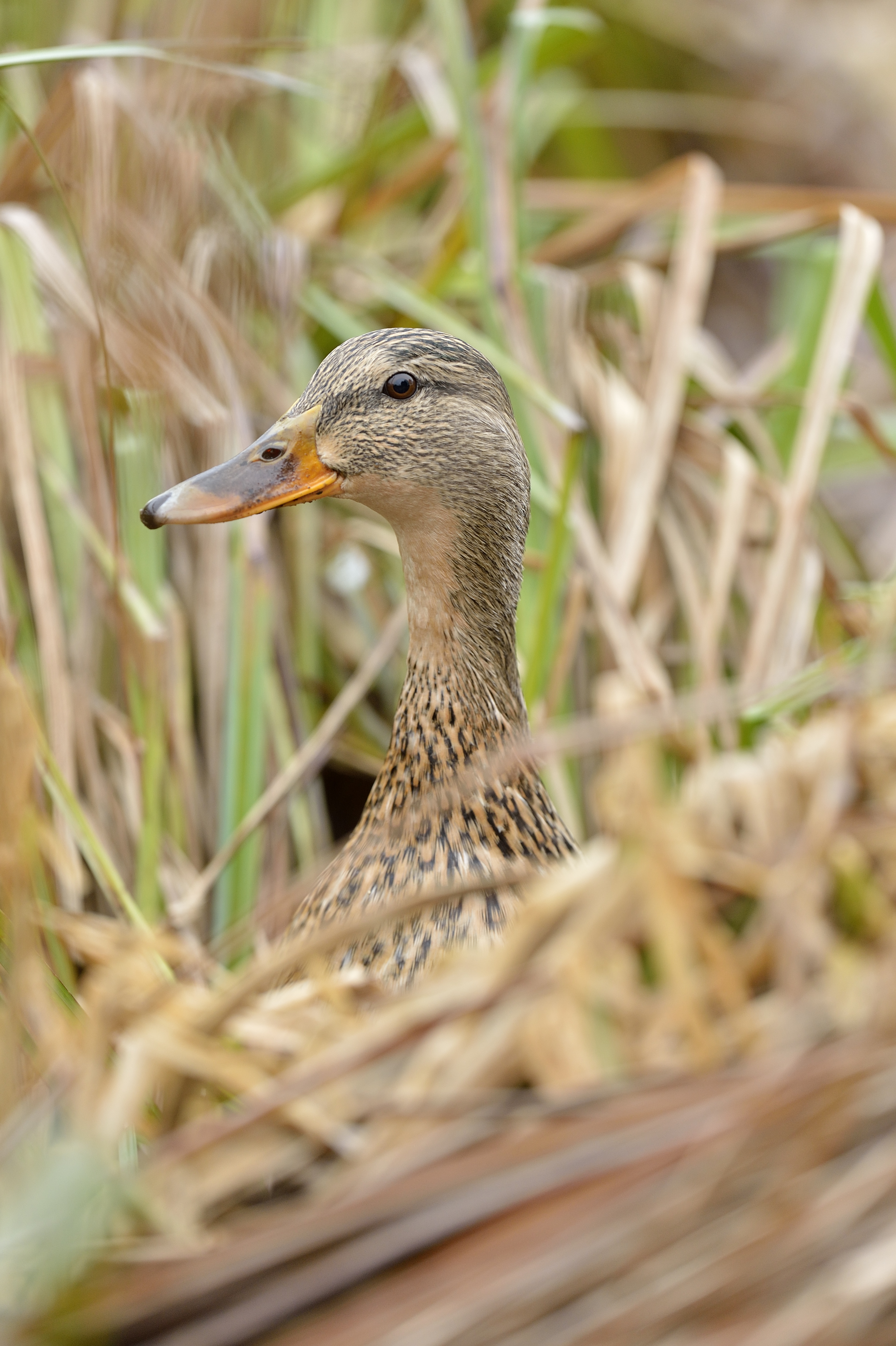
Almost at once, I saw an otter slide head-first down a bank from the end of the island into the water, a movement of sheer grace, sheer eloquence, a coalescence of magical fluency, the ultimate amphibian moving seamlessly between its two elements. It swam a few yards along the side of the island producing a vee of ripples that widened and glittered yellow, the yellow paling as the ripples widened. Then it dived, and a trail of yellow bubbles replaced the ripples. A mallard family saw the bubble trail, understood its meaning, and panicked.
Nothing panics with quite the level of desperation of a brood of very young mallards.
Fallen feathers
The duck at the head of her brood of ten shifted suddenly sideways, the tightly grouped phalanx of ducklings followed. Then she thrashed the water and squawked as the otter moved in from below. The duck lifted off the water, flew in a tight circle and crashed down again, scattering the brood. The otter surfaced and she was off again, but this time she was not three feet in the air before she seemed to burst apart.
Feathers fell where the otter’s head had been seconds before. There was a thick splash as the duck hit the water out of control and possibly already dead. Its last thought was preoccupation with the otter, so it had not seen the peregrine that homed in on the commotion.
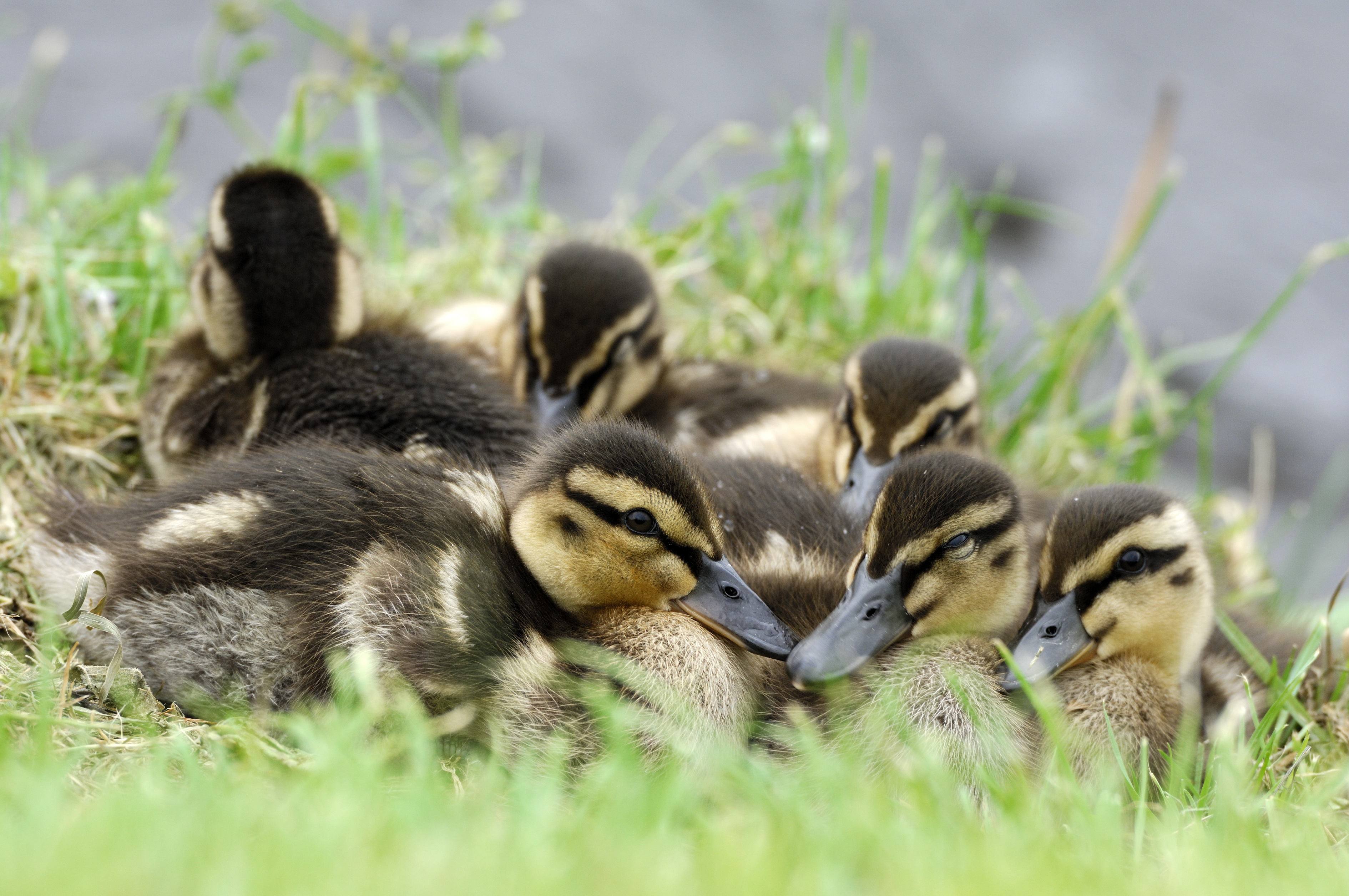
Mallard (Anas platyrhynchos) ducklings clustered together on the bank of a riverbank for security and warmth, Dumfriesshire, Scotland, July 2007
But the duck fell on the water. The falcon circled back towards it, hurtled low over the floating bird, apparently undecided about how to retrieve it, turned again and saw the mallard begin to move slowly, on its side, towards the island, and propelled in that direction by the jaws of the otter. Some you win, some you don’t understand how you lose …
The last I saw of the otter, it was climbing the same bank it had had slid down moments before. The falcon disappeared behind the island, doubtless to perch and try again. The air was full of wildfowl galvanised by the drama of the moment and the lingering presence of the peregrine.
On the topmost stone of the castle, I notice that a cormorant had turned up, assumed the familiar position I had seen so often before, wings akimbo, spotlit by the sun. I was struck by the ludicrous image of a gendarme on points duty, controlling the traffic of some avian Paris, assessing what had just passed: hmm, not bad, not bad, only one crash in the evening rush hour, but you can never legislate for nutters with turbochargers and pointy wings.
You can read more of Jim Crumley’s Scottish wildlife columns online here, and each month in The Scots Magazine.


